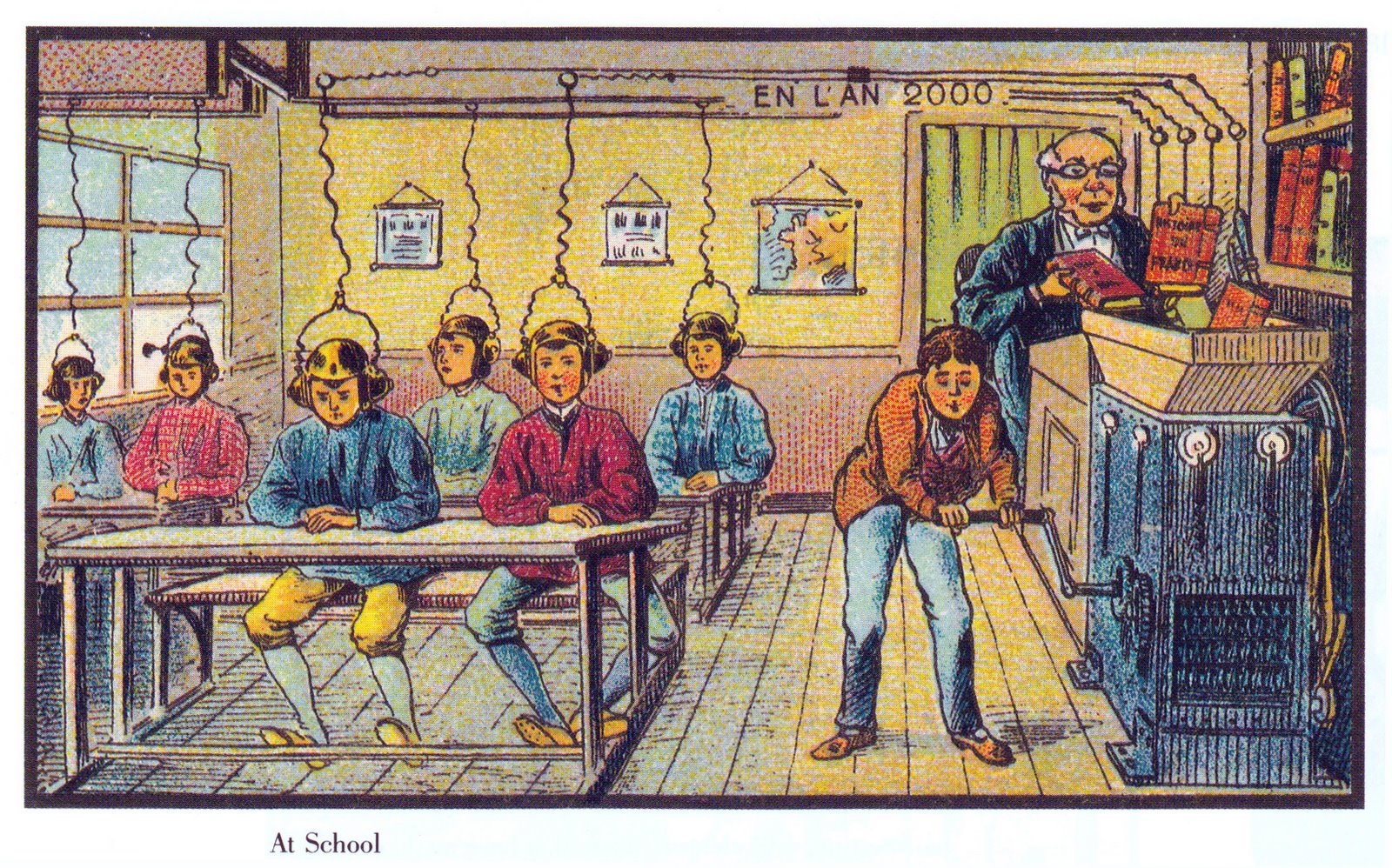I was prompted however to write this post today after our PLD session this morning. This provoked us to think about, and discuss how we can accelerate learning. Well, that was the unconference workshop which I chose to opt into.
During this we came up with the following possibilities for accelerating learner outcomes.
What I enjoyed most about this conversation two-fold. Firstly as a teacher of 3 years experience I actually had a lot to contribute, and secondly, I was able to make connections to others contributitions also. I think that sometimes being surrounded by so many extremely talented and effective teachers I forget to give myself some of that same credit...
Only an hour later I was back in the hub with my numeracy group. We were working on our 'stained glass window' designs. This activity combined one of the learners favourite pursuits, art, with strand: Measurement and Geometry. Plus, our recently built knowledge of fractions. What I enjoyed the most about this was not the learner's designs, but their ability to articulate and problem solve to describe their designs.
Designing #stainedglasswindows #problemsolving to determine the #fractions #geometry + #measurement @StonefieldsSch pic.twitter.com/wJI6HRJVK7— Stephanie Parker (@Sparketter) September 14, 2016
The benefits of integrating the curriculum was in fact one of the things that came up in our accelerating outcomes korero this morning. By doing so, learning would become richer and more authentic. This is exactly what I witnessed this morning with my learners as they worked together to not only create, but explain and justify their thinking around things like the fraction of the square which was yellow, or what fraction was made up of triangles. This activity meant we had to add fractions with different denominators, make equivalent fractions, consider the symmetry, rotation, and translation and apply all of this knowledge to our own drawings. A very proud teacher moment to see all of this learning coming into authentic action.
Reflecting on this activity lead me to make some connections. The integrated learning I had created for these learners was enabling them to make connections and apply their understanding of mathematical concepts in an engaging and authentic context.
It's moments like this that I realise why I love teaching, that I do make an impact, and that I cause learning to happen!
Take a look at some of the learner examples on our hub blog, and feel free to leave them a specific and positive comment.





